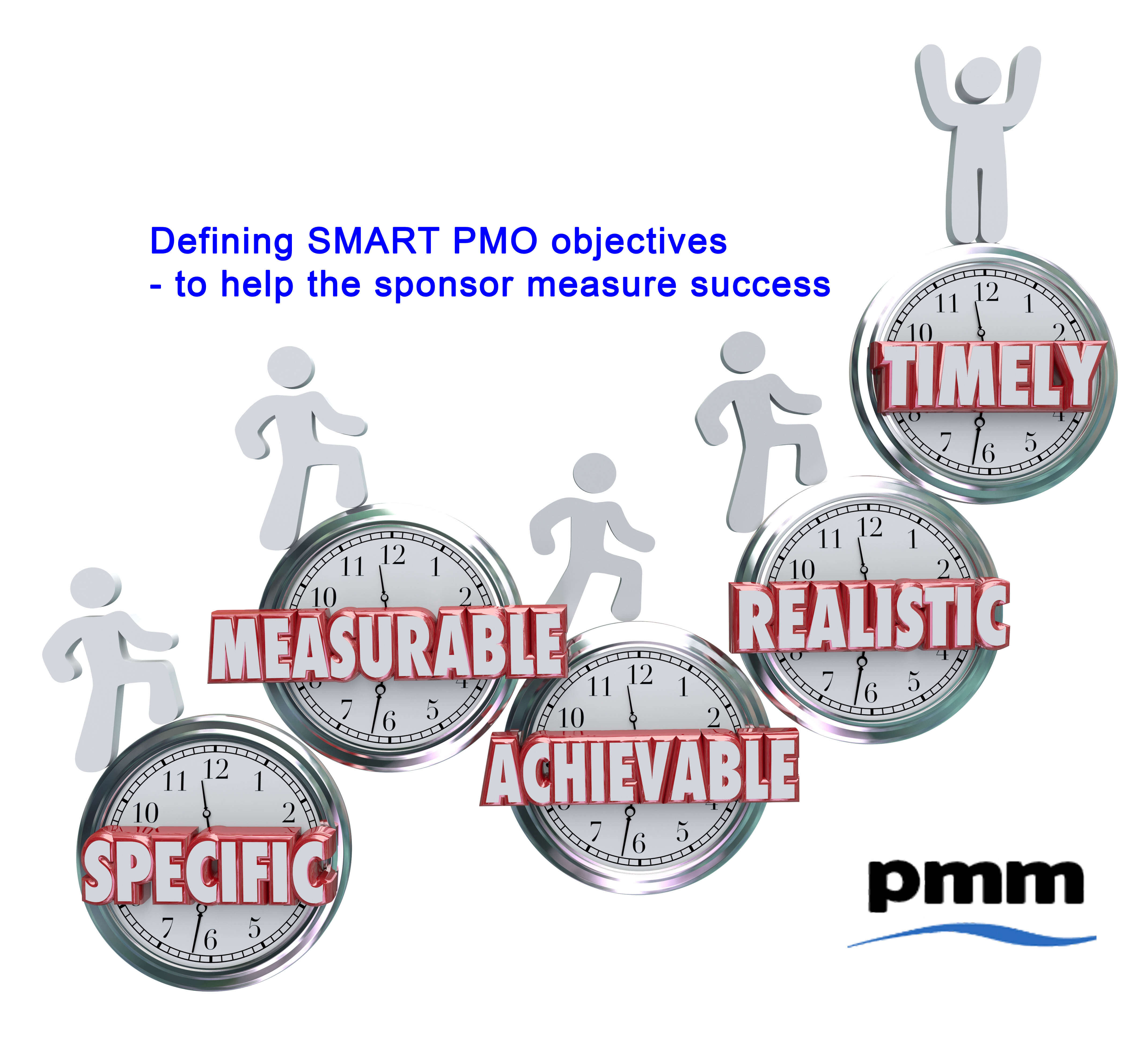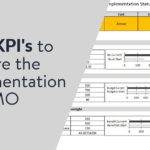 This post will cover the steps a PMO can take to define objectives that can be used to measure success. This is important due to the following:
This post will cover the steps a PMO can take to define objectives that can be used to measure success. This is important due to the following:
Senior management do not understand what a PMO is!
Sad but true. Many senior managers, project managers and others do not really understand what a PMO is or what it does. Worse still, those who have heard the term usually think it to be a low value, report consolidation function staffed by junior resources.
Senior management do not understand the value a PMO can deliver
This is a direct consequence of the point above. If a PMO is considered to be a report consolidation function staffed by junior resources, how can it deliver any value. Therefore, senior management will only want the consolidated reports with no analytics, interpretation, etc.
Senior management will not see the need for objectives
If senior management only expect the PMO to provide report consolidation, there is no reason why they would spend the time to define any other objectives for the PMO. This means the scope of the function will be very narrow and no value add services to be measured against.
What you can do?
It is important for you (and your career) to help the sponsor / senior management to:
- Understand the benefit of a PMO
- Realise that a PMO is NOT just report consolidation (view posts on PMO models)
- Help sponsor to define and agree the objectives of PMO
- Agree with the sponsor what success will look like
Doing this will mean you have an agreed set of objectives allowing you to design the PMO. It will also allow you to demonstrate successful delivery of the PMO and, ongoing benefits that the PMO will deliver. All very good for your long term career.
Action plan
This is obviously a lot to cover and as with most project plans, you need to break this up into smaller parts that can be considered and agreed. If you try to solve the whole problem as a single task both you and the sponsor will struggle and, more than likely, give up.
I want to quickly share an example action. I will then expand these points in future posts.
Step 1 – Agree Objectives
Very simply – you need to agree the objectives of what the PMO will deliver / achieve. This ensures that there is a clear understanding and avoids the expectation gap at once the PMO is implemented.
Step 2 – Translate to SMART objectives
Taking the objectives generated in Step 1, define a set of SMART objectives. This ensures that they can be measured so that successful implementation can be demonstrated.
- S = Specific
- M = Measurable
- A = Attainable
- R = Relevant
- T = Timely
Step 3 – Define Vision, Mission and Design Principles
Take the objectives and define a Vision Statement. This is a short aspirational description of what an organisation would like to achieve as a result of forming a PMO (see PMO Vision).
Define a Mission Statement. The aim of the Mission Statement is to define the business / organisations purpose and primary objectives / goals (see PMO Mission).
When these are all agreed, you can then define the PMO Design Principles with confidence. These are the principles you will use to ensure that the PMO stays aligned to objectives through the design phase (see PMO Design Principles).
Step 4 – Define Implementation Plan
Very important to define an implementation plan for all of the components of the PMO. Include a high level road map so that the sponsor can see what services will be delivered by when. Where possible link the outcomes to the objectives.
Step 5 – Monitor and Report Progress
Using the PMO implementation plan and the agreed SMART objectives, provide the sponsor and other stakeholders with regular updates on progress. This ensures the sponsor is kept engaged and is fully aware of how the PMO is meeting the originally agreed objectives.
The next post will expand Step’s 1 and 2 – define objectives and translate to SMART objectives.






